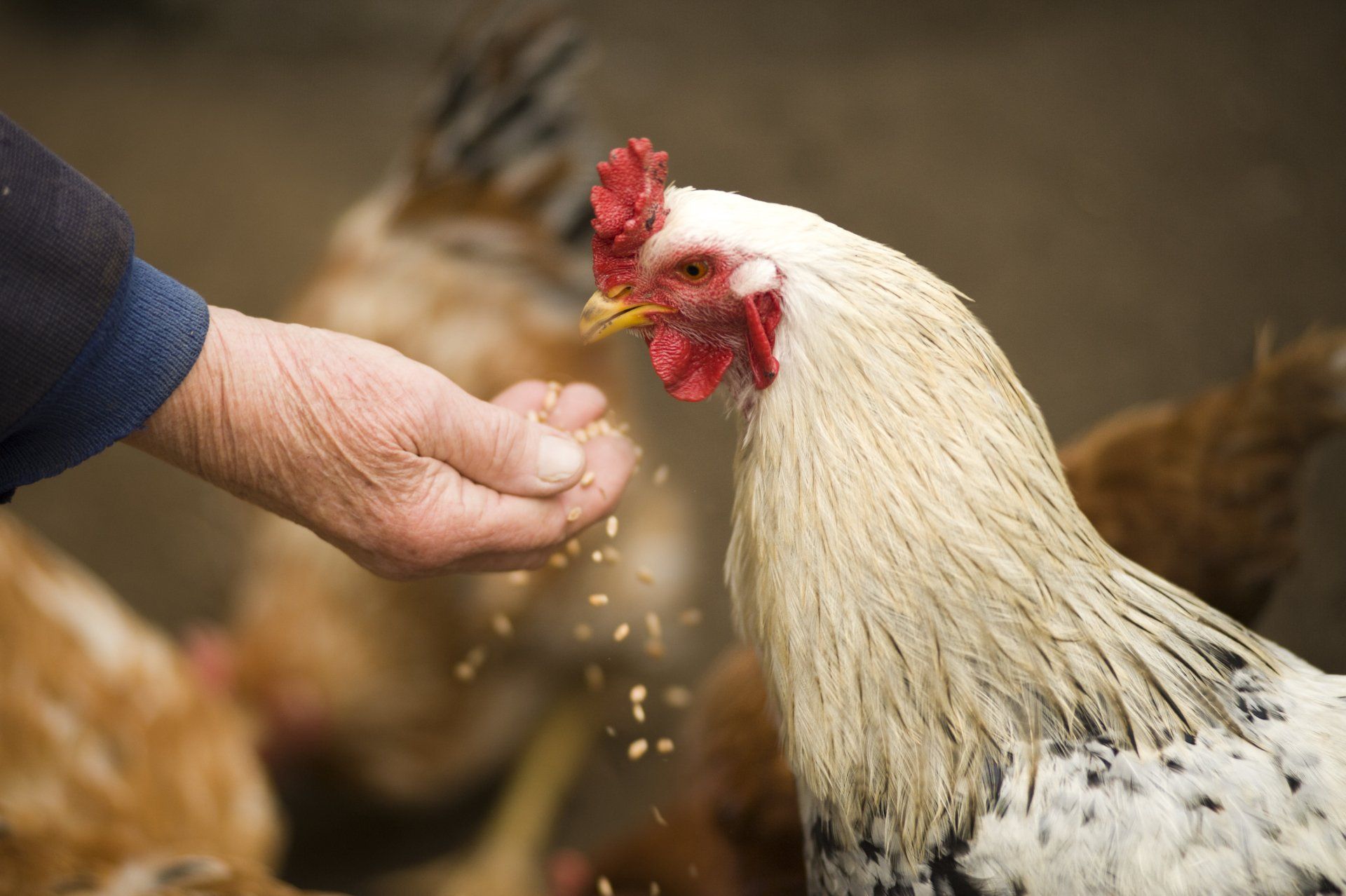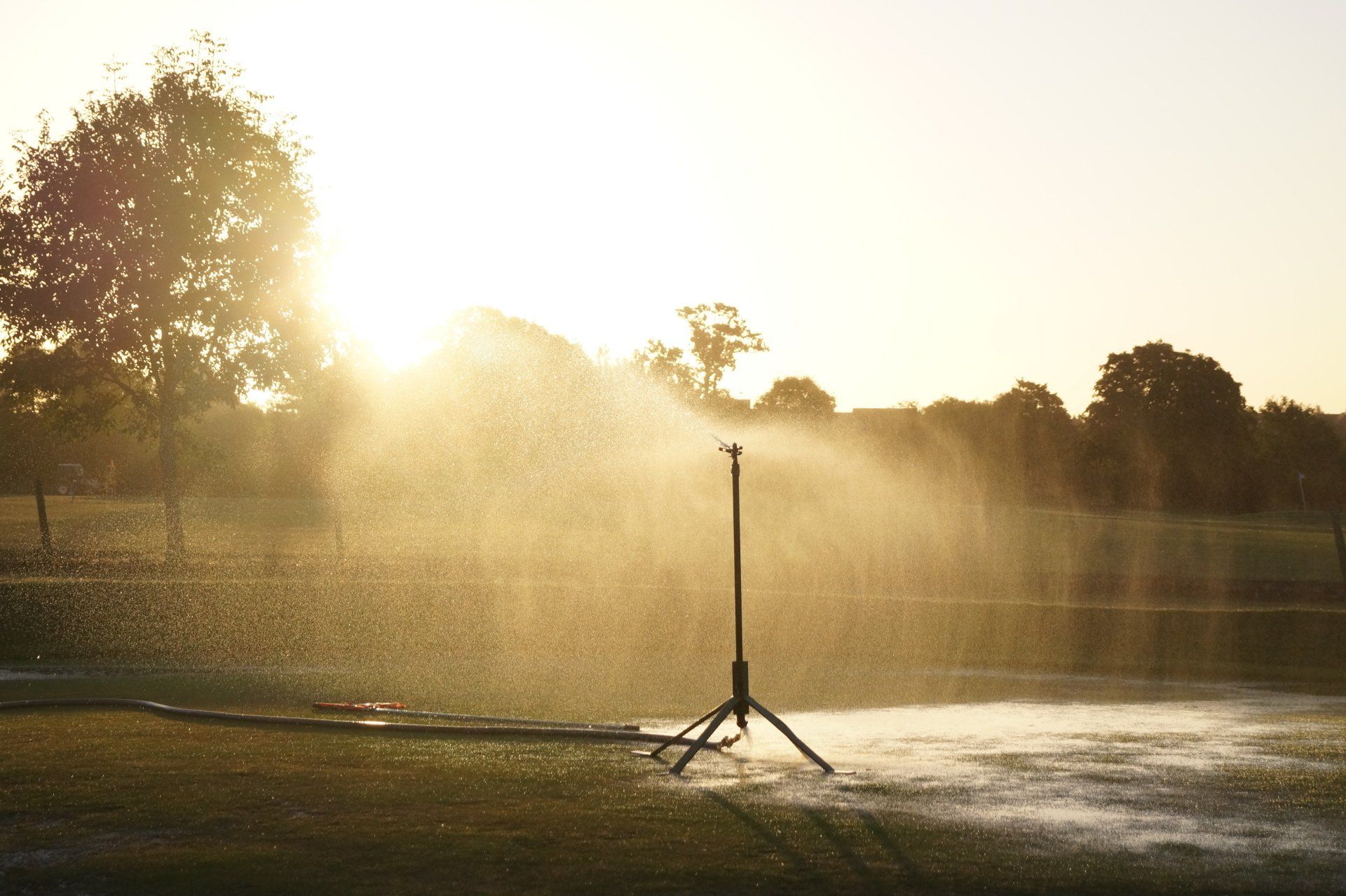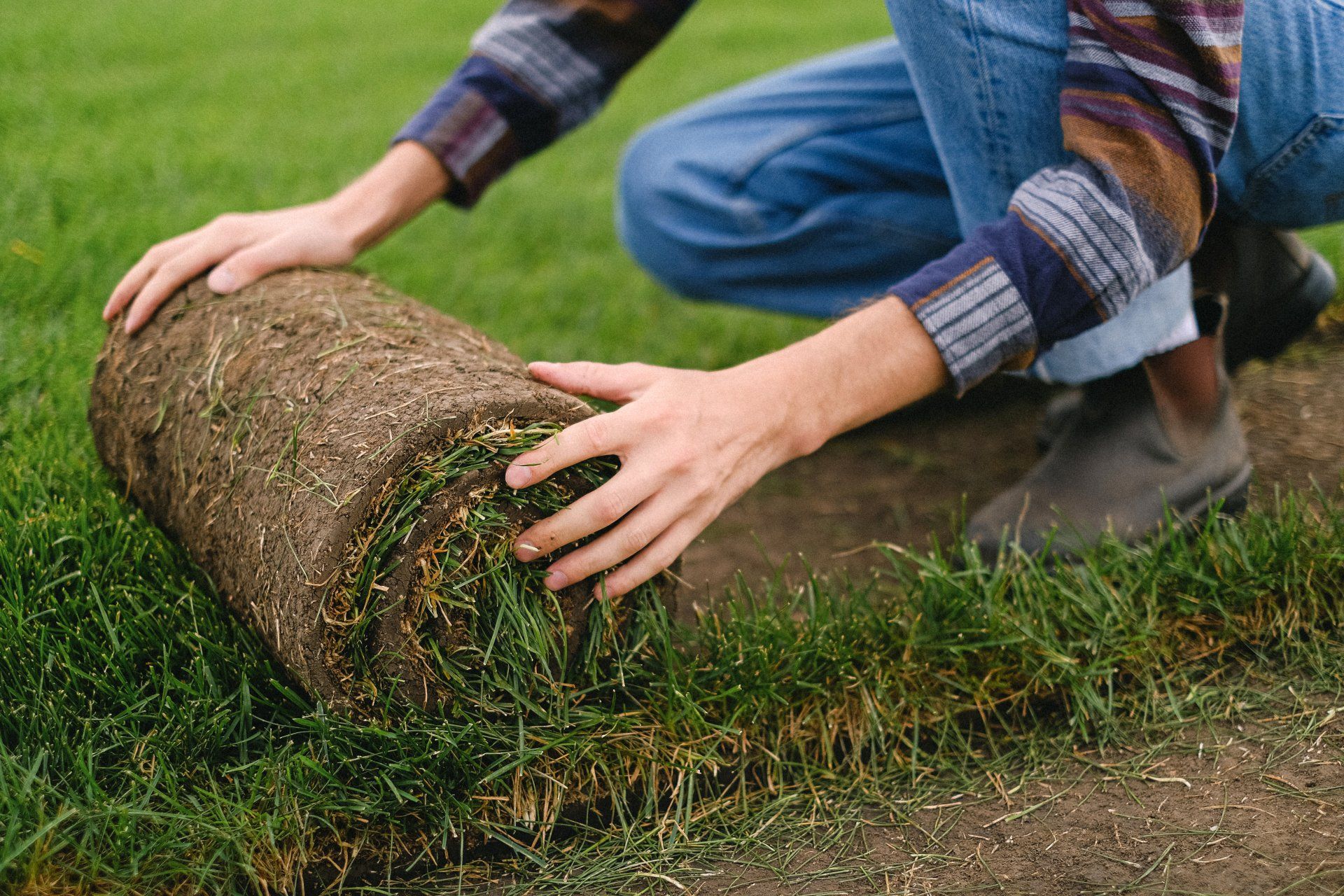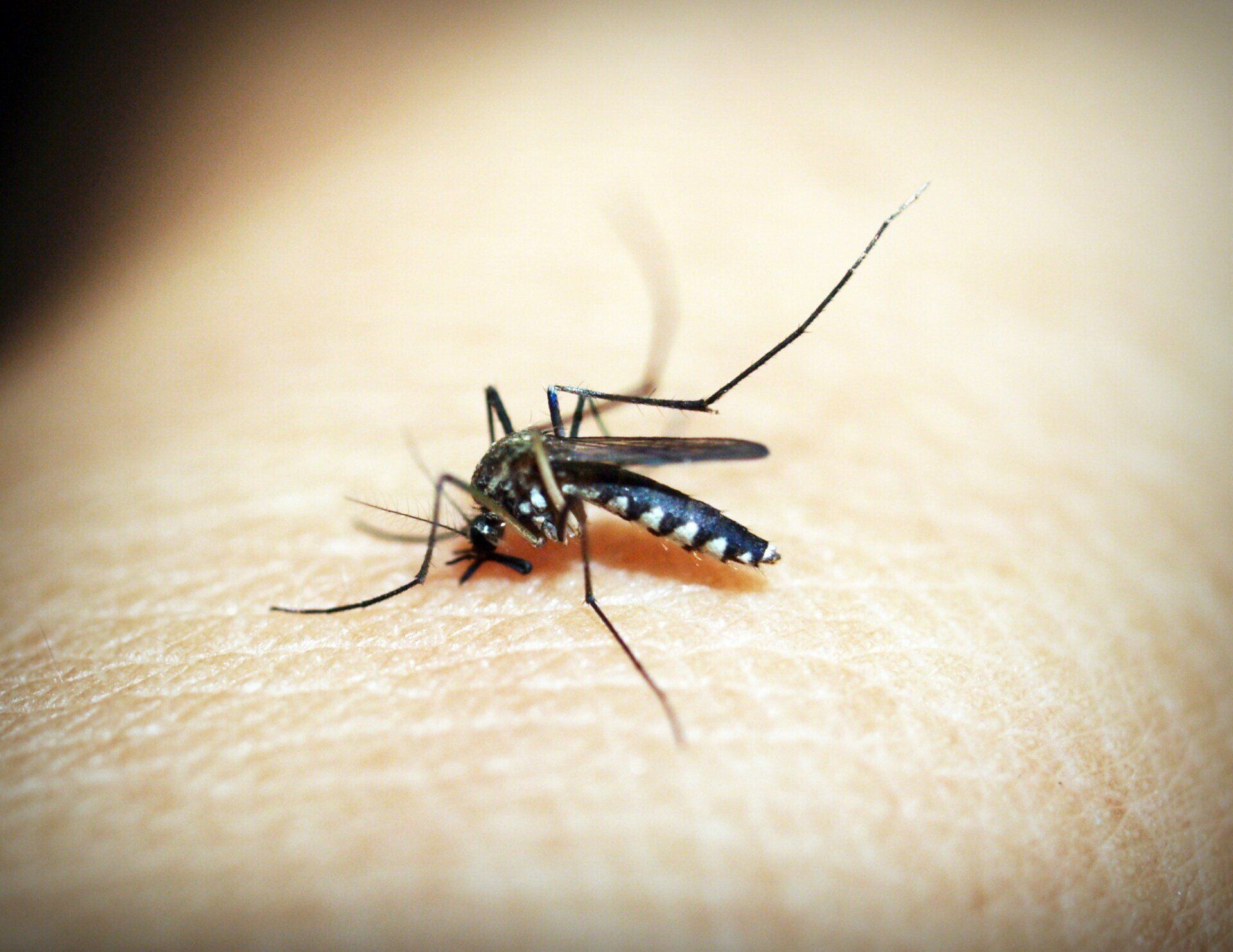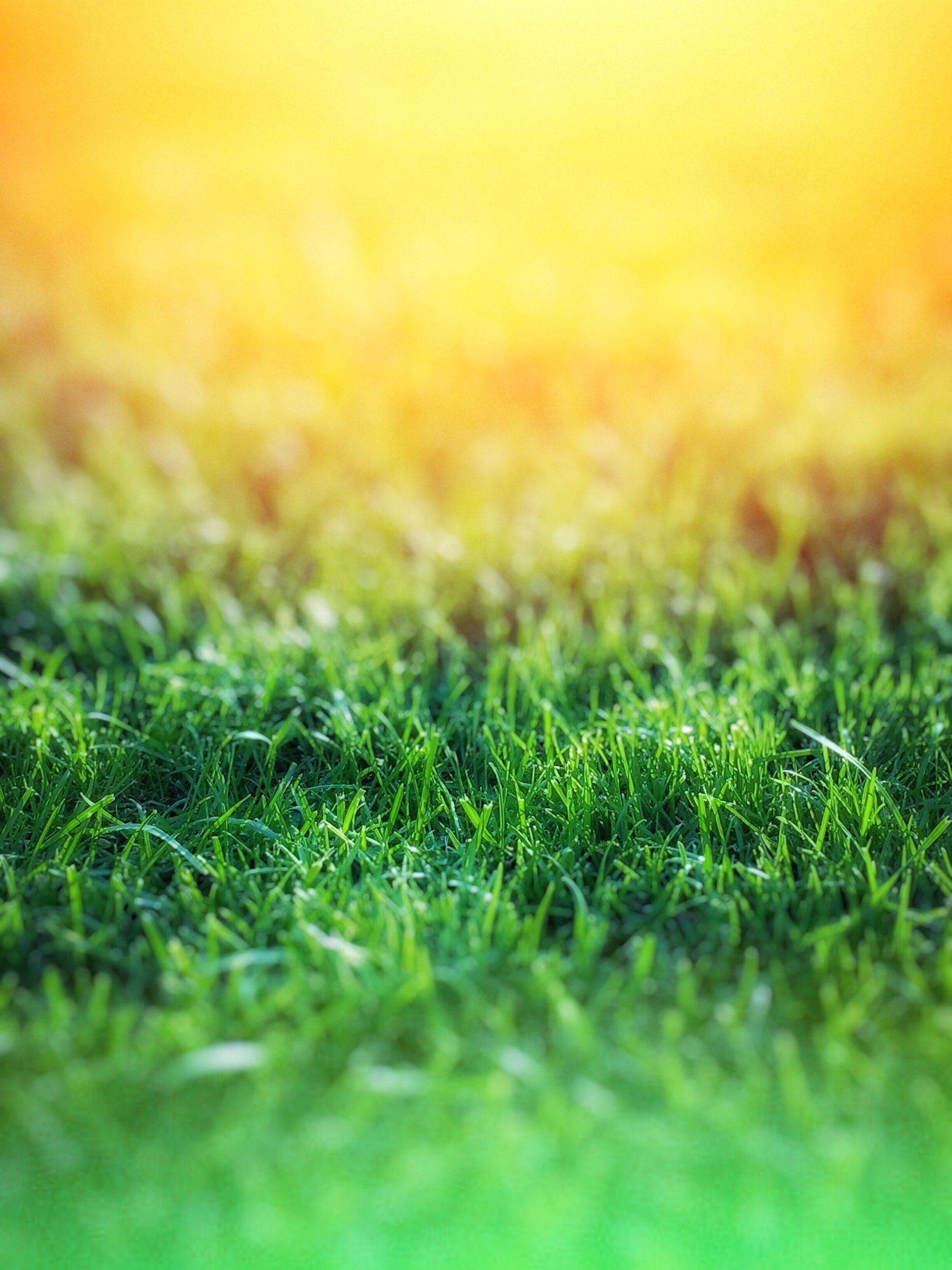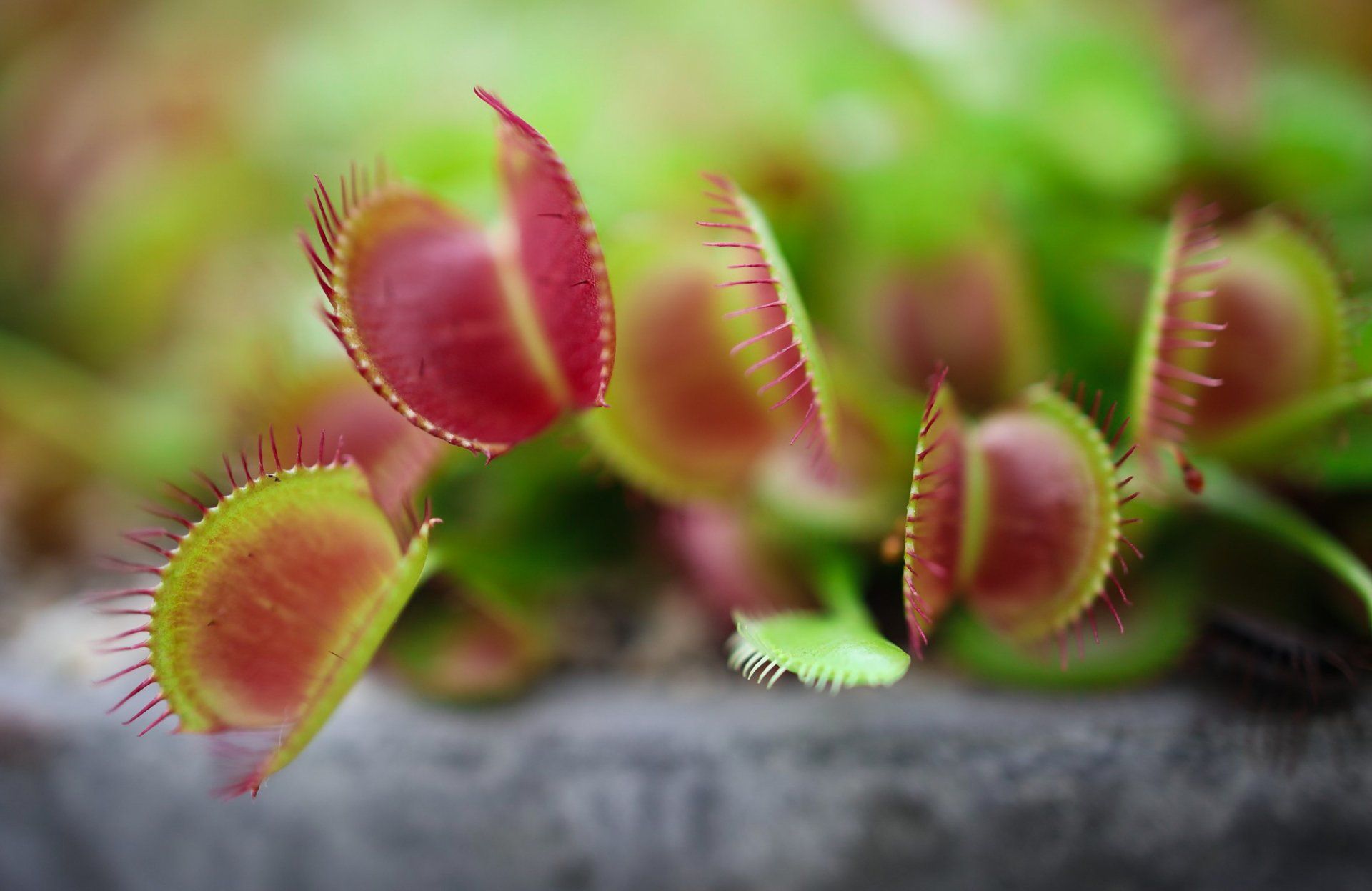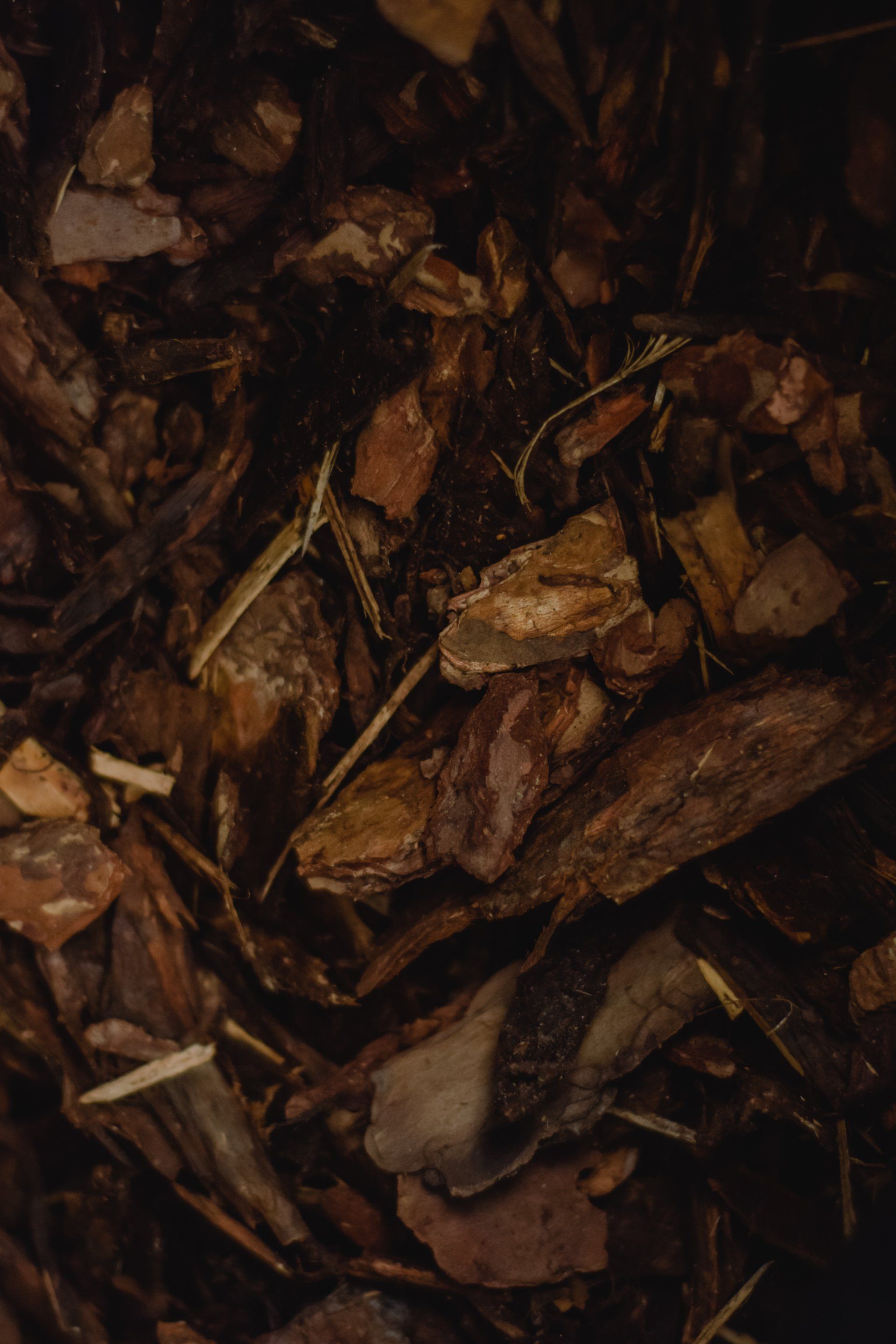The Ideal Watering Schedule For Your Home
The Ideal Watering Schedule For Your Home
Regular watering is essential for a healthy, lush lawn. It is important to know when your lawn should be watered, how much water it needs, and how often. This is what you need to know in order to set up a watering schedule that works for your home.
When to Water Your Lawn?
If possible, water your grass early in the morning before 10:00 a.m. It is not a good idea to water your grass in the afternoons, as it may dry out and evaporate before it can absorb the water. Overwatering could cause disease. Make sure to check your sprinkler system in spring for any damaged pipes or irrigation heads that were damaged during winter. A professional can help you to understand your sprinkler system and how to prepare it for spring.
How Much Water?
The average lawn needs about one inch of water each week. However, this can change depending on where you live, how wind speeds, evaporation rates, and the type of grass you grow. Tall fescue, which is a cool-season grass, can withstand drought. Bluegrass, ryegrass, and fine fescues, on the other hand, will become dormant in drought. Warm-season grasses such as Bermuda or Zoysia and some native varieties in the south, like Buffalo grass, are more drought-tolerant than some cool-season grasses.
You may need to water your lawn a little more than the recommended 1 inch. Overwatering can be seen in a dense thatch layer, visible standing water, excessive weed growth, visible bare spots, and a spongy feeling to the soil when you walk.
Sprinkler System Use
Sprinkler systems can make it simple to water your lawn daily, but most lawns won’t need this much water. Instead of short, light watering, set up a schedule that allows for more frequent, deeper watering. The flow rate or flow pattern of your sprinkler, wind speed, and evaporation rates will all affect how long you leave it on.
The manufacturer should have this information. Alternatively, you could leave empty cat or tuna fish containers on your lawn and wait to see how long it takes for them to fill up with water. Remember that your lawn might not have the same water distribution, so make sure you use multiple containers and allow an average time to fill each one.
A 30-minute watering every other week is enough for an average lawn. It’s also a good starting point to create your own schedule. You can check your soil once every 15 minutes to make sure it is hydrated enough. Once the soil has soaked to six inches, you should stop watering.
To check the sprinkler system’s range, you can also test it by lightly coating regular baking flour on the lawn. After the irrigation system has run a full cycle, check for flour spots. If there is any flour left over, it means that the sprinkler head needs to be adjusted due to clogging or a shift in the flow pattern.
Ready to work with Landscaping BlissExperts Regina?
Let's connect! We’re here to help.
Send us a message and we’ll be in touch.
Or give us a call today at 306-900-4743
Landscaping Vancouver Quote
More Tips!
